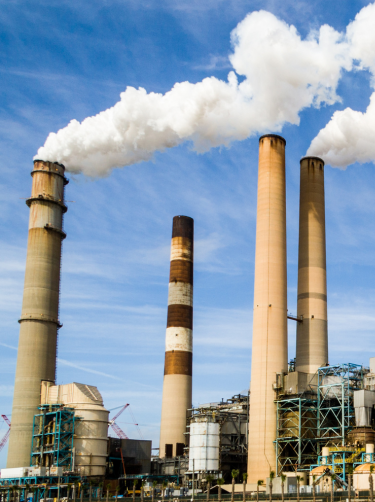Home / U.S. Climate Alliance Applauds U.S. EPA’s Final Rule to Cut Emissions from Power Plants

WASHINGTON, D.C. — The U.S. Climate Alliance — a bipartisan coalition of governors representing approximately 60 percent of the U.S. economy and 55 percent of the U.S. population — issued the following statement in response to the final rule released today by the U.S. Environmental Protection Agency (EPA) establishing stronger carbon pollution standards for new gas and existing coal power plants under section 111 of the Clean Air Act:
“Today’s action from the Biden administration to curb harmful power plant pollution will improve public health and move us closer to the clean, affordable, and reliable electricity grid America needs,” said U.S. Climate Alliance Executive Director Casey Katims. “The Alliance’s states and territories are already showing that when we generate more electricity from zero-carbon sources, we breathe cleaner air, create more clean energy jobs, and confront the climate crisis.”
This final rule was one of four released today by EPA to significantly reduce climate, air, water, and land pollution from the power sector and builds on efforts across the Alliance to reduce emissions from the power sector and deploy more clean energy. To date, 15 members have adopted economy-wide net-zero emissions policies, 24 have enacted renewable and clean energy standards, and 19 have established 100% clean electricity targets.
This also follows the letter sent by the Alliance last August encouraging EPA to finalize its rule to cut emissions from power plants as quickly as possible and solidify progress toward cleaner electricity for all.
Launched in 2017 by the governors of Washington, New York, and California to help fill the void left by the U.S. federal government’s withdrawal from the Paris Agreement, the Alliance has grown to include 24 governors from across the U.S. representing approximately 60 percent of the U.S. economy and 55 percent of the U.S. population. Governors in the Alliance have pledged to collectively reduce net greenhouse gas emissions by at least 26-28 percent by 2025, 50-52 percent by 2030, and 61-66 percent by 2035, all below 2005 levels, and collectively achieve overall net-zero greenhouse gas emissions as soon as practicable, and no later than 2050.
The Alliance’s states and territories continue to advance innovative and impactful climate solutions to grow the economy, create jobs, and protect public health, and have a long record of action and results. In fact, the latest data shows that as of 2023, the Alliance has reduced its collective net greenhouse gas emissions by 24 percent below 2005 levels, while increasing collective GDP by 34 percent, and is on track to meet its near-term climate goal of reducing collective greenhouse gas emissions 26 percent below 2005 levels by 2025.
###